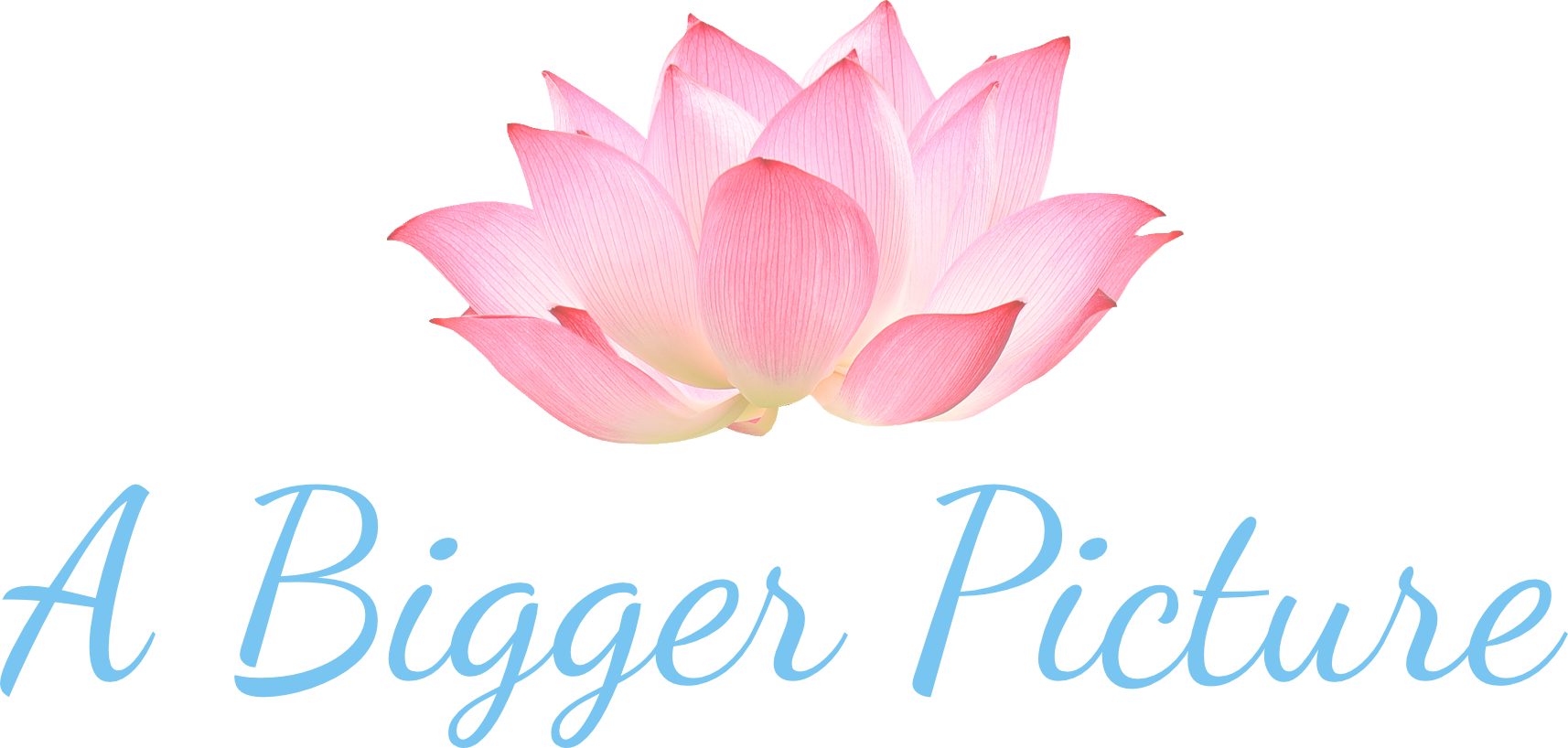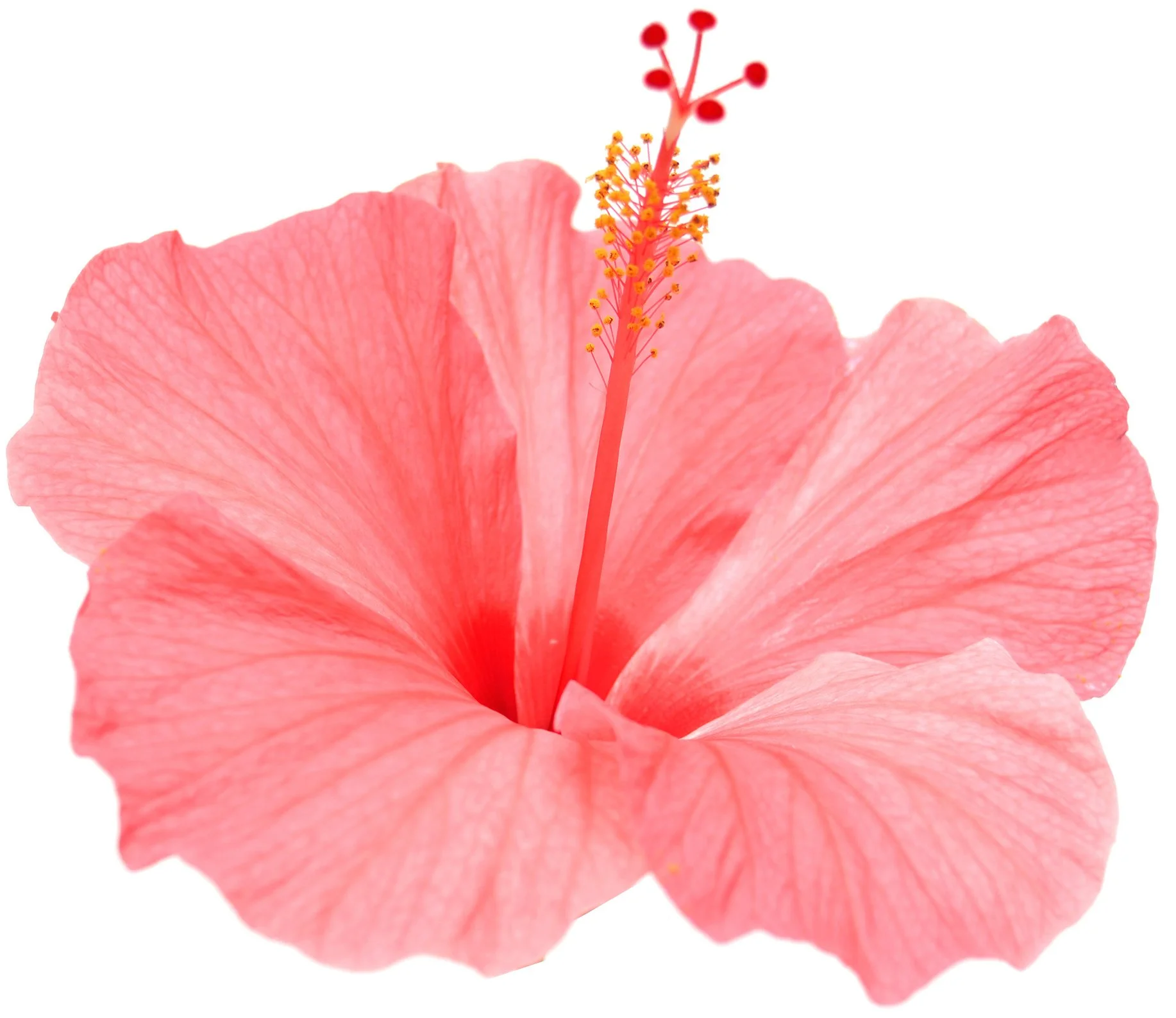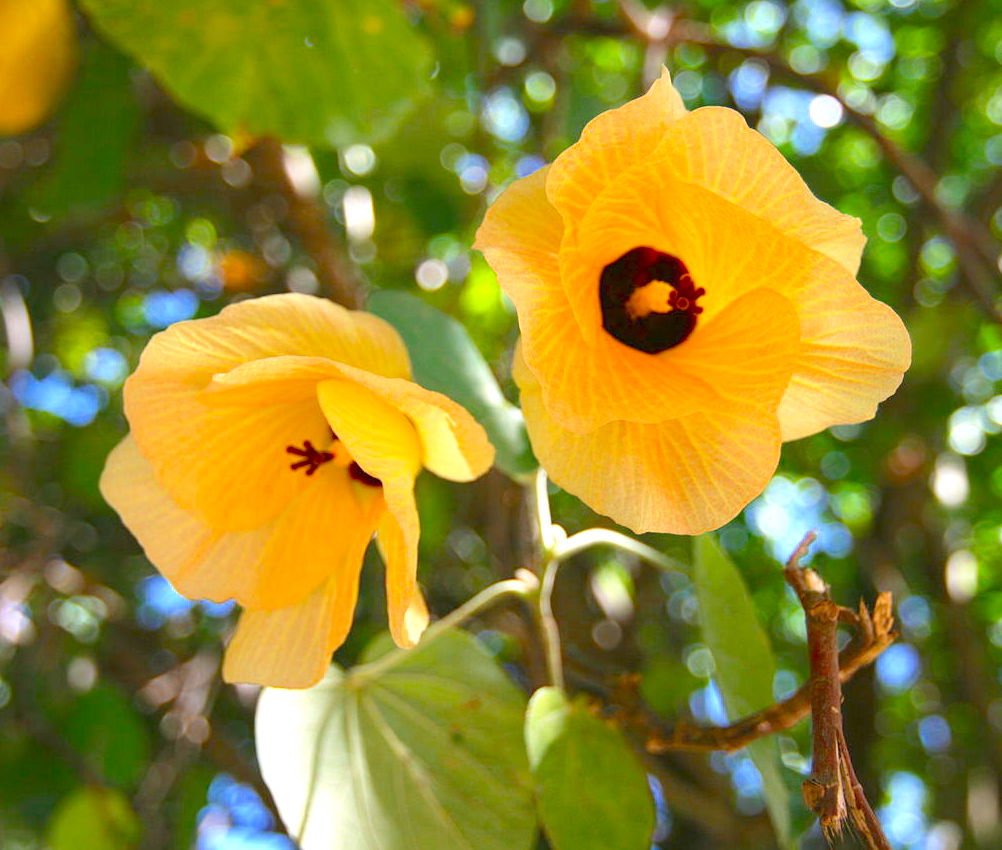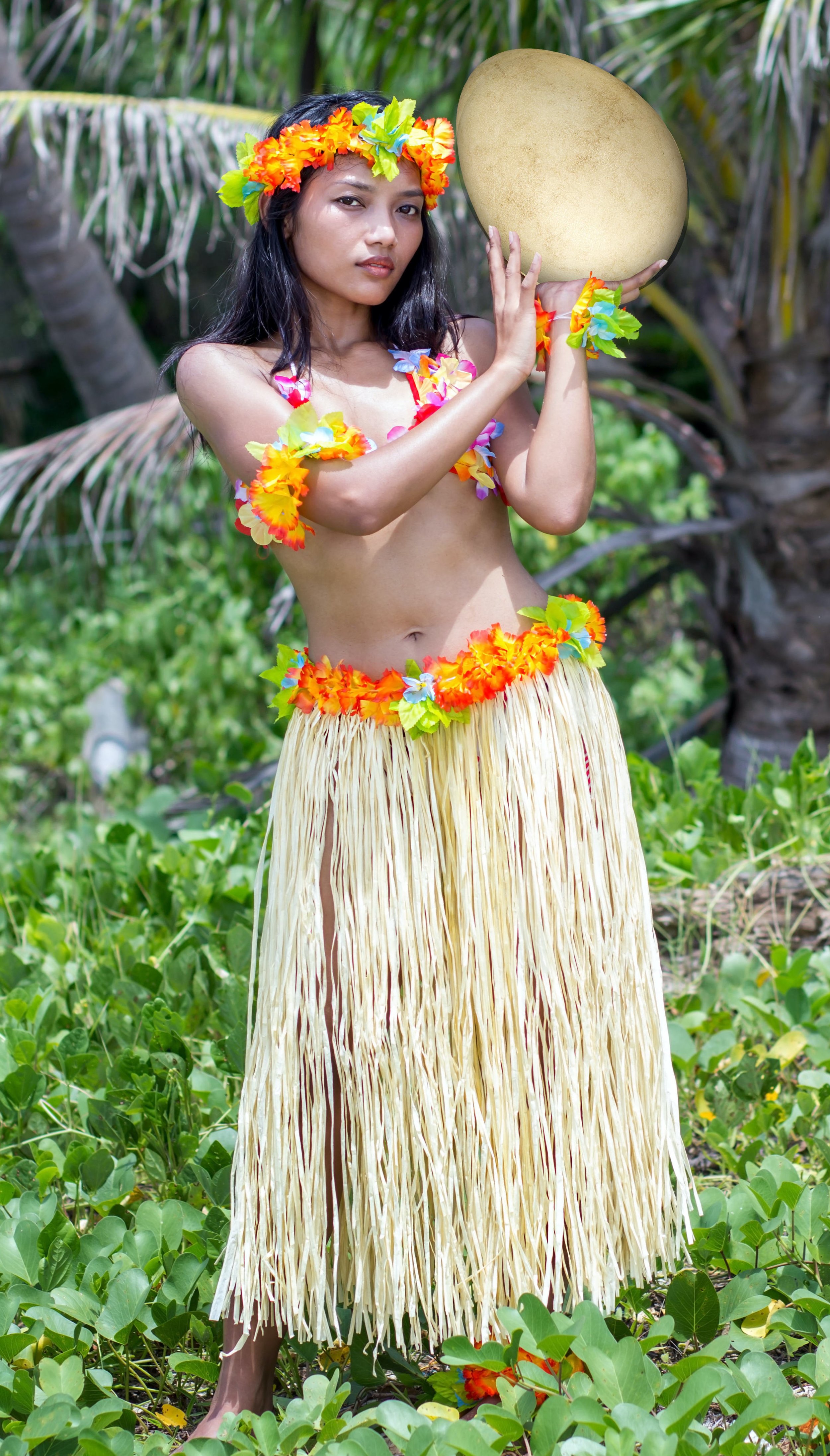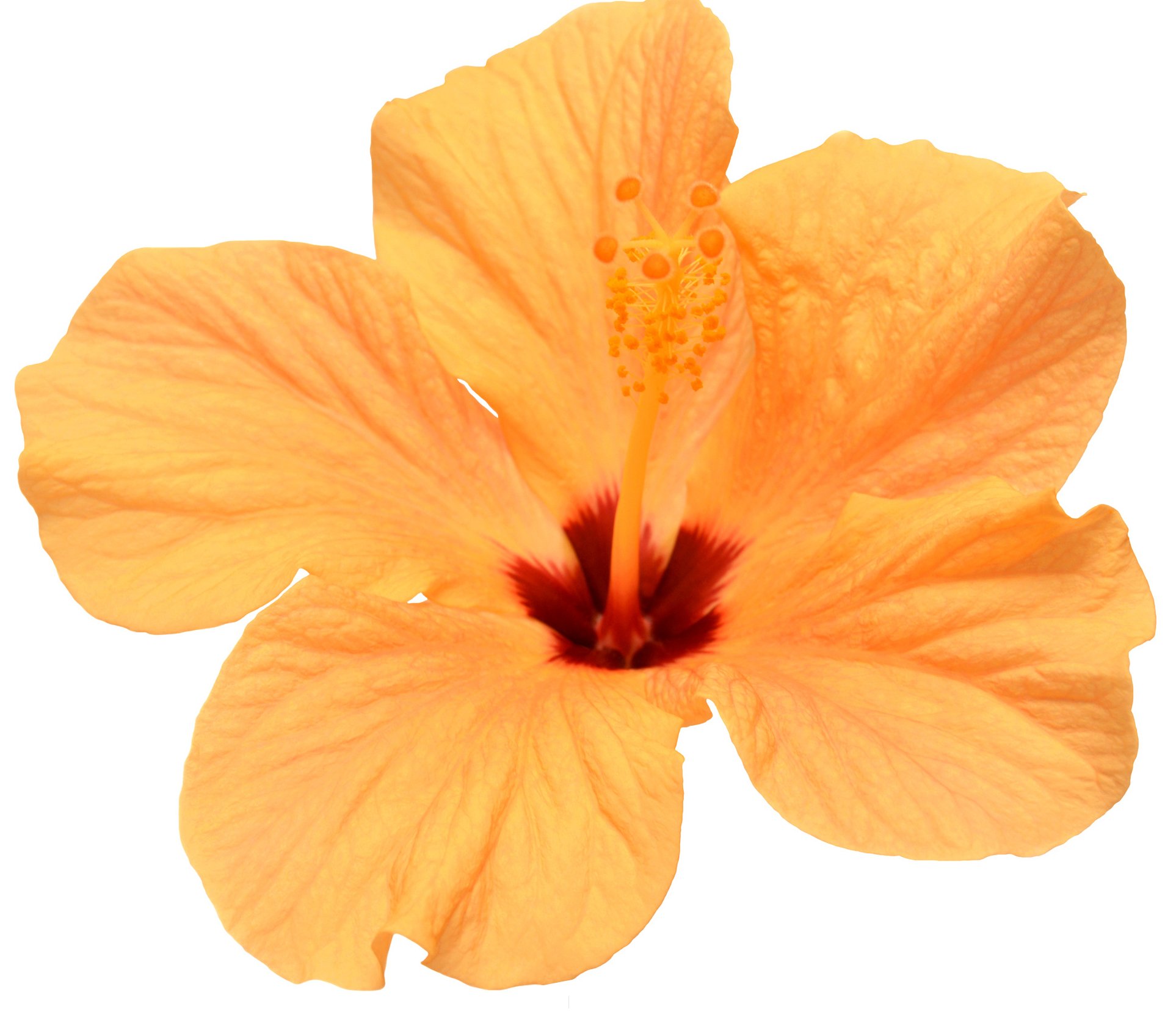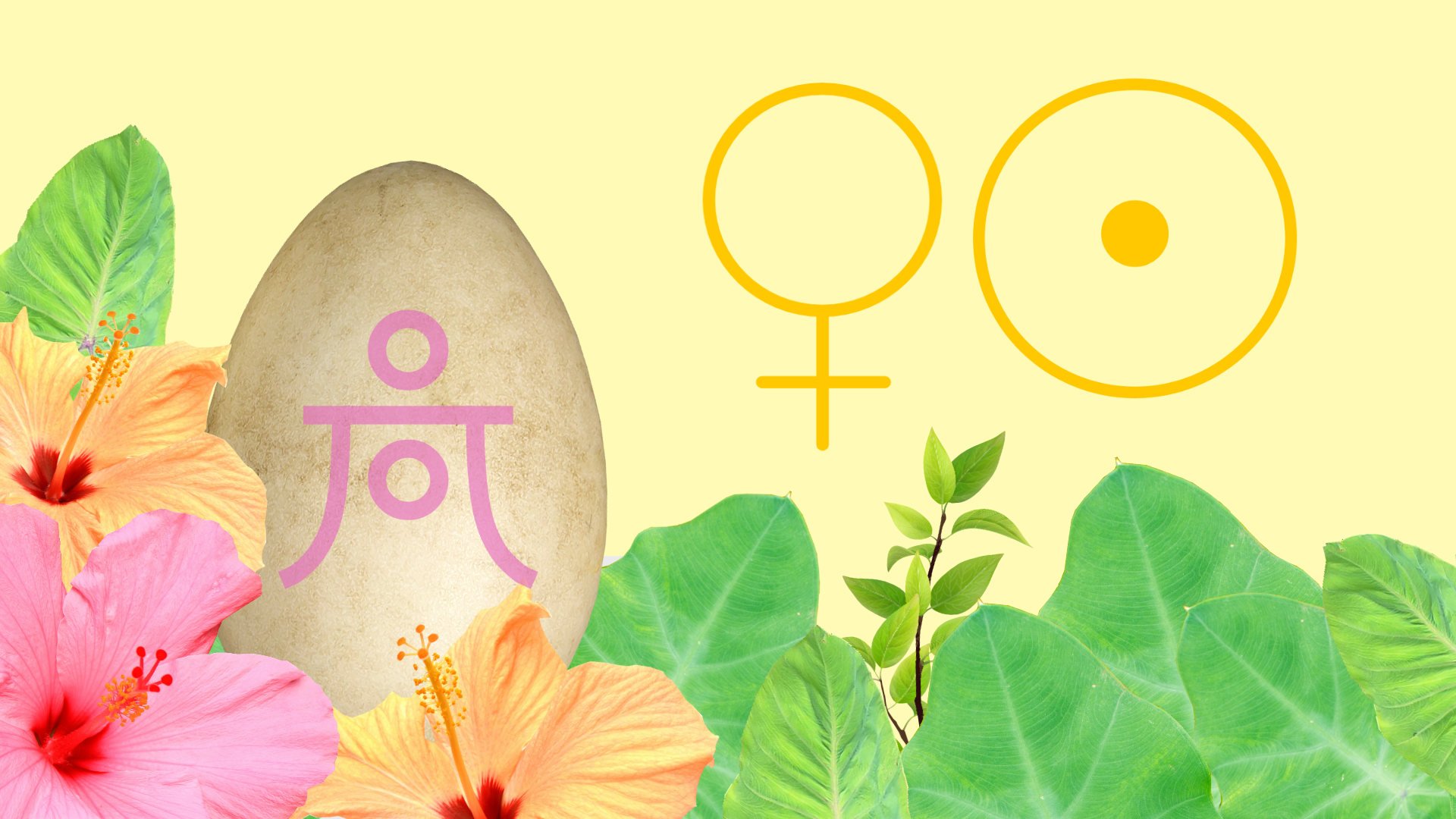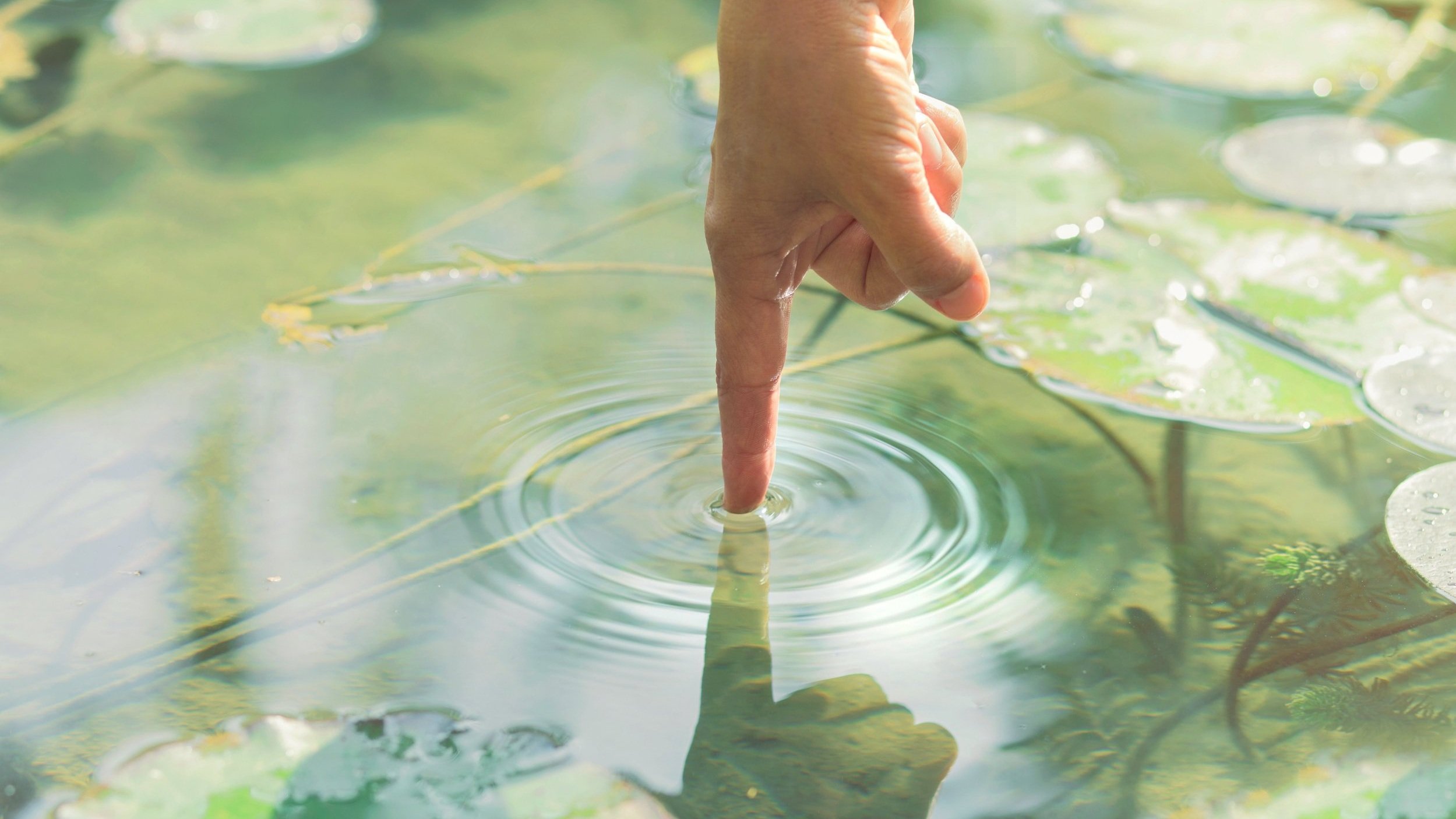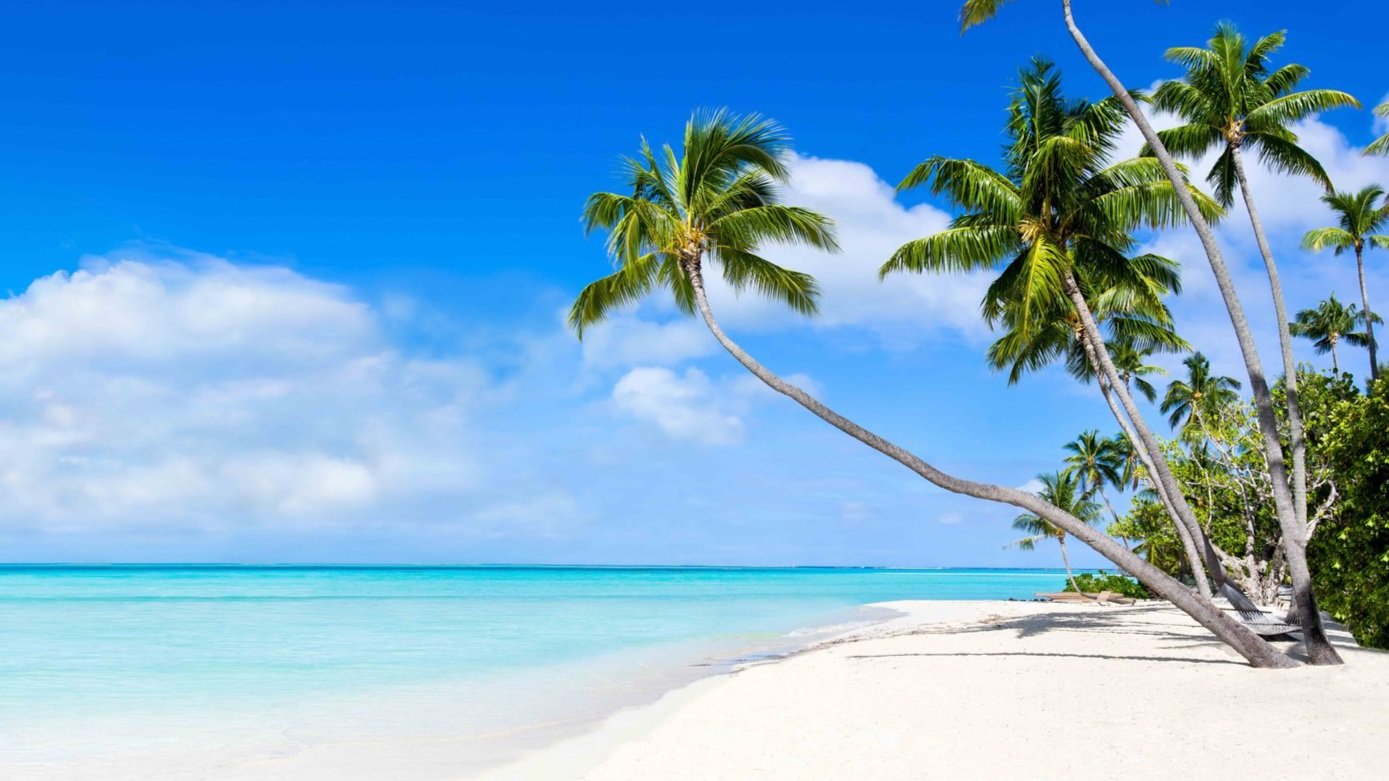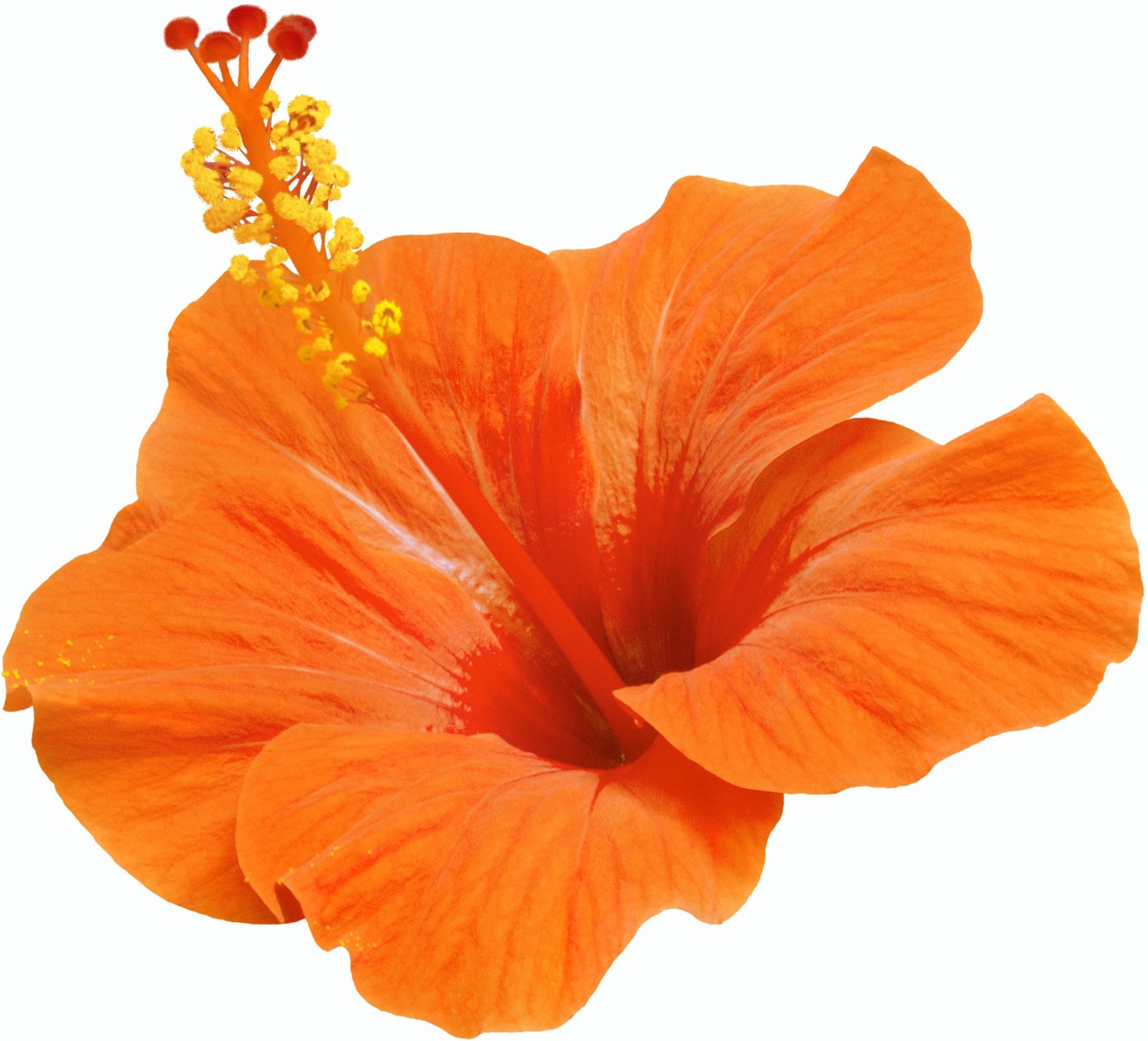Haumea, Akua Wahine of Knowledge, Childbirth, Politics, Strategy and War Part 2
Haumea’s story is from Hawaiian origin. Haumea is the goddess of creation, fertility and birth, the dwarf planet in western astrology. This is part two of the story. Find part 1 here.
In the discovery charts, it is decidedly obvious that Haumea, Eris and Sedna all have a significant issue with being in relation, a strong moral compass, and an innate perennial knowing of right from wrong.
They all carry goddess from the underworld themes, which do relate to a strong connection to Source, a softer approach, and being an appreciator of the natural world, both out there, and within core of being…
In Haumea’s chart the Venus/Mercury/Pluto conjunction in Sagittarius in the 3rd house is about pono (right relationship) in small island Hawaiian communities. And the strong Saturn in Cancer in the 10th house is about the hierarchical, political and social relationships, and the Saturn/Chiron opposition, is about how care should be taken in governance not to harm others with forceful over-regulation. For an ignorant chief who abuses their authority today, and gives another the short end of the stick, may find themselves in misfortune in due course, due to their own bad choices. Accountability (kuleana) will have to be taken for all that they do. The Hawaiian cosmogonical stories that go back many generations are still relevant today. Some version of the stories see Haumea as the first creator goddess, and others see her having parents, and having been born on O’ahu, but whichever the case, it is obvious that the genealogy still have importance.
And now that astrology have a significant dwarf planet associated with his mythology, it is expected that more astrology students will seek the Hawaiian storylines and wisdom…
This article will show that there is so much more to Haumea’s story than what meets the eye… Please remember that this website is for the more advanced astrology wisdom seeker. Basic astrology concepts are not explained here.
The Female Akua (Goddess) Passing on Knowledge in a Heiau (Place of Sacred Ritual)
Please remember: Almost everything in Hawaiian literature is written metaphorically.
This is very important to consider in reading the stories by various sources. There are hidden meanings, double meanings, and an inner meanings. The narrative is both simple and sophisticated, depending on the reader’s ability to perceive what is there. There are many levels of meaning, to the simplest of expressions. It is often written with great intelligence and deep comprehension, in basic essence.
An Akua wahine of Knowledge, Childbirth, Politics and War
Hauma is the foremost female akua (divine goddess) in Hawaiian culture. According to this video she was born in Oahu and became the great Akuawahine (divine feminine) of the land where female temples, Hale o Papa, were built to teach female knowledge to women.The very first temple was built for her on the cliffs of Nuʻuanu. There was a separation in knowledge, because men and women went to different temples. According the research, Haumea of the Paliku linage is an Akua wahine of Knowledge, Childbirth, Politics and War.
This presentation centres on a particular story from the 1906 book called Mo’olelo o Haumea by Joseph Mokuohai Poepoe to see how she became the great Akua of Wākea. In the story, Wākea and his wahine (female) called Papa (Haumea) lived together in Kilohana, the pali (cliff) between Kalihi-uka and Ko‘olau on O‘ahu. Haumea, a moʻowahine, was reborn in her Akua wahine daughters and in every generation of Wāhine Hawaiʻi.
The beautiful story telling in the video is by Dr. Lilikalā Kame’eleihiwa.
Her presentation and storytelling is beautiful and magical… and is vital, since many astrology students cannot read the Hawaiian language, nor the literature. Moʻolelo are the narrative stories of the Native Hawaiian people. These fiction and nonfiction narratives were exclusively oral at first, but began to be disseminated through writing in the 1800s after the development of the written Hawaiian language.
This story continues from the previous article, in which Wākea was taken and condemned to die, for the ordinary act of gathering food in the forest.
Food that is free for the forest creatures to eat… Kumuhonoa was the ali’i of the land, who wasn’t pono. He wasn’t living life rightfully, fair and just. Not bringing justice to all as a good leader should.
Pono in life stands for righteousness and balance in relationships between self and others.
This is a metaphor for many other issues in life, where people in positions of authority, want to control and dictate the narrative without being fair to those in their community.
As can be deducted from the description of practicing pono; when you live with a conscious decision to do right by yourself and others, everyone is going to be content and happy.
Pono means ideas of goodness, and how personal and communal wellbeing, welfare, material prosperity, and shared ideas of wealth interact.
“In Hawaiian, if a person is living pono, it means that they have struck the right balance in their relationships with other things, places, and people in their lives. It also means that they are living with a continuous conscious decision to do right by themselves, by others, and by the world in general.
Essentially, pono is a state of existence that is characterized by integrity and a feeling of contentment when everything is good and right. The idea behind this word and this way of life is that moral behavior leads to happiness for the doer and for everyone around them.”
As discussed in part 1 of this story, Kumuhonua had to be removed from his rank, for people’s lives to be pono (righteous and balanced).
Which is why Haumea and Wakea embarked on a war against him. In the preparations for a battle, events took a little turn…
Kamoawa joined Haumea and Wakea on Kilohana mountain; he was an asset to them, and a man who knew how to win a war.
Kamoawa then joins with Wakea’s kahuna brothers Lihau’ula and Makulukulukalani, to strategise a defence for the upcoming battle. First they plan to build a heiau, the temple of Kawaluna (which means the space above) for women for the worship of Haumea. Another temple is built in the valley for Wakea, and men. The higher ground temple was called Nu’u-a-Haumea (Summit of Haumea) and the one in the valley was called Wao-a-Haumea (Realm of Haumea). The summit temple is where female knowledge were shared amongst women, according to what they needed to know about life. The men learnt the skills that concerned them.
Makulukulukalani, the third born brother, was an astronomer, a navigator and kahuna of farming, and taught these skills at the men’s temple in the valley.
The temple for men in the valley in Waolani, started the association with Wakea building temples that give Ali’i the power to rule the people on the land, by enabling the Ali’i to predict the weather and the seasons. The Pule for Wakea talks about the smooth pebbles, so there was likely a river nearby.
Ancient Hawaiians and Astrology/Astronomy:
The three brothers were all synonymous with star constellations:
Wakea - Orion
Lihau’ula - Scorpio
Makulukulukalani - The Pleiades, also known by the starname Saturn.
The constellation of Orion, called Ka Heihei o na keiki in Hawaiian, or simply Wakea, is arguably one of the most recognisable constellation, world-wide, because it can be seen from both the northern and southern hemisphere. Perhaps this is why it was primarily used by Polynesian voyagers exploring for new land, used it as a way-shower to navigate the ocean both north and south of the equator. It is beautifully illustrated in the Disney movie Moanna when Maui teaches Moana how to utilise the constellation of Orion while on the open ocean. And create a ‘map’ or mental picture in the mind, by understanding where you had come from, and where you are going.
Polynesia encompasses a huge triangular area of the east-central Pacific Ocean. Click on the image to enlarge.
The triangle has its apex at the Hawaiian Islands in the north and its base angles at New Zealand (Aotearoa) in the west and Easter Island (Rapa Nui) in the east. The largest country in Polynesia is New Zealand. According to Wikipedia, Polynesians have many things in common, including language relatedness, cultural practices, and traditional beliefs.
Sacred Space, Strategy, Politics and the Importance of Pono
The immediate building of two temples may initially sound illogical to the astrology wisdom seeker, who may have little exposure to Hawaiian mythology. Yet this was a strategic, innovate, well-chosen move; to organise.
Haumea, Sedna and Eris are all about the unsupportive environments and people who don't have good intentions in it, who don’t support high vibrational people. And how one’s environment has to be cleared of the clutter, the danger of the low vibrational people, and the toxicity. For one cannot flourish in situations where others are non-committal, secretly envious, or looking for opportunities to sabotage, or attack you for your blessings. All three archetypes (Eris, Haumea and Sedna) has a Venus/Mercury/Pluto conjunction in their discovery charts. But they express differently due to house placement and aspects
This conjunction has so many valuable lessons. Know your worth, and do right by your Self. Set boundaries like Haumea does, and create sacred space for you to receive your divine blessings. A previous article explains the extreme importance that Hawaiians place, on creating sacred space, to bring divine manifestations into the physical world. The temple is the physical expression of the ‘doing’, but creating sacred space is a matter of WORKING IN CONJUNCTION WITH DIVINE ENERGY.
The story of how Haumea became the Akua wahine (divine feminine) is rich with symbology of how the potential created in sacred space in the heiau (female temple), allowed Haumea to become a master foundation builder; through divine orchestration.
In her brief sharing of this same story, Professor Noenoe Silva, who holds a Bachelor degree in Hawaiian language, a PhD in Political Science, explains in this article about the politics of those of who control the land through oppressive systems of leadership and authority. And how those who are forced to take the short end of the stick, eventually organise themselves to mitigate the harms caused.
Haumea’s mythology is deeply engaged with a communal struggle with unjust rulers and political systems, and how some would look towards the ancestors, study their ways, to change systems.
This shows how the ancestors themselves would re-think, re-value and research their political thought and practices, to start a genealogical revolution, removing the old and installing the new. To organise themselves to cause benevolent change.
Noenoe Silva explains in her article an important element in establishing pono;
it “is the presence of all three segments of society in properly balanced, though hierarchical, relationship. The first act that Kamoawa takes as kahuna is to send for Wākea’s two younger brothers. Poepoe says that Wākea, the first born, is the ali‘i; Līhau’ula, the middle, is the kahuna; and Makulu, the youngest, is the maka‘āinana (Poepoe 1906: 10 Mar; 1 May). The presence of all three gathered together in the story is symbolic of the three segments of society in proper relationship.
The Haumea and Wākea mo‘olelo, then, is part of an orature and literature in which hierarchies are set up and legitimised, including the seeming hierarchy of men over women. But just as pono means that ali‘i may not be oppressive or obdurate, it also means that there must be balance in the relationships between men and women. In Poepoe’s story about the war with Kumuhonua, Haumea is the central figure.”
“The major narrative line of the story celebrates Haumea’s power as a female force, who is a deity that assists in childbirth, but who is also responsible for conducting warfare to restore pono.”
Her man was almost killed…
Haumea has mana (life force) strength, and intelligence with which to strategise battles.
I was not particularly surprised to find that in Haumea’s discovery chart, the asteroid Pallas Athena, the Goddess of Battle Strategy and Wisdom, is prominent. It is in her first house, conjunct the ascendant, as well as conjunct the natal Haumea.
Perhaps Kumuhonua’s evil spirit wanted to gain emotional fulfilment from breaking Haumea. He was bothered by her spirit of purity and synchronistic magic, to the point that he became delusional with trying to defame and defeat her.
Haumea’s Temples for Ancestral Knowledge, Cultural Intelligence and the Hau Tree
In Part 2 of Dr. Lilikalā Kame’eleihiwa’s video presentation on the book of Poepoe on Haumea, she explains that two temples are built. The mountain summit temple Kawaluna Heiau was utilised for teaching women’s business and wisdom.
This is the first Hale o Papa (female temple), where female knowledge was shared.
The custom of female temples started in Hawaii, and really enabled women to tap into this pool of knowledge like their Polynesian counterparts could not.
Haumea became a Kahuna Ho’oulu Lauhui, a Priestess of Increasing the Nation, teaching the perpetuity of women’s knowledge and childbirth.
Lilikalā says that Haumea knew a lot on the subject of childbirth, and that according to Poepoe, she planted a special medicine tree (la’au) called Kalauokekahuli that bore two kinds of flowers, of Kanikawi and Kanikawa.
Lilikalā also shares a story from her childhood in Kahana, where hau trees grew so abundant, that they could not see the ocean from the road. She recollects, that when the wind blows, the two different flowers make different sounds; a squeaky kanikawi sound and a low groaning sound kanikawa… She thinks that this hau tree, could be the same tree of Haumea that Poepoe speaks of, although Poepoe doesn’t directly identify it as such. In old Hawaii and Polynesia, the hau flower is eaten as part of traditional and cultural practice by women just before they are about to give birth, to alleviate the pain of childbirth, by allowing a women to dilate and give birth more easily. Today some still want to honour these practices in order to overturn the negative birth and postpartum outcomes that Native Hawaiian and Pacific Islander women and babies currently face in Hawaiʻi.
There are different versions of the story depending on which source it comes from, but for the sake of the astrological meaning, the exact detail is not so important.
Some say that Haumea was gifted a magical tree, and some assume that she already had it. Some say that she made an agreement with chief Olopana to have the child grow up with her. It does not matter so much…
According to this website, the hau flower tree is one of around thirty canoe plants that the Polynesians packed into their voyaging canoes before setting sail to explore the Pacific. The Islands’ first inhabitants found it highly useful, and Wikipedia lists many uses.
The serpentine tree belongs to the hibiscus family; Hibiscus tiliaceus, known as hau in Hawai‘i.
“Braided cordage made from hau bark was a staple in old Hawai‘i, used to craft everything from sandals and basket handles to shark snares. Hau wood is buoyant, and seafarers sought out large branches to carve into canoe ama (outriggers) and fishing-tackle boxes. Weavers favored slender branches with few knots, which they stripped and soaked in fresh water for a week or more. Thus softened, the porous inner flesh produces golden, nearly translucent ribbons that are especially lovely when gathered into full hula skirts.”
Hau blooms year-round, though its crepelike blossoms last for a single day. As the sun progresses across the sky, the light yellow petals darken to orange, then to reddish-brown, and finally fall from the tree.
Hibiscus tiliaceus reaches a height of 4–10 m (13–33 ft), with a trunk up to 15 cm (5.9 in) in diameter. It is a fast-growing small to medium tree, is very hardy and cyclone resistant. The flowers attract birds and butterflies, and grows prolific along the shoreline.
According to the book Legends of Gods and Ghosts (Hawaiian Mythology) by William Drake Westervelt, the seeds of these magical flowers - Kanikawi and Kanikawa - is what made the legendary plants of old Hawaii. It was called “the tree of changing leaves” with two blossoms, one which sings with a sharp note (Kanikawi), and the other whose notes come at intervals (Kanikawa).
The book contains multiple references to medicinal trees, and the woodcutters and woodcarvers, to cut the gods out of them. And also of the gods inhabiting objects like a carved godhead or for example, the god that was in the magical branch that washed up…
Haumea as Patroness of Childbirth and Birthing Technique with lā'au lapa'au
Martha Beckwith’s book on Hawaiian Mythology describes that the time came when the daughter of a chief was about to give birth, but the baby would not come out the natural way, delaying the birth. Haumea arrived in Kahiki with her knowledge of traditional medicine, and prepared the Ka-lau-o-ke-kahuli and its blossom Kani-ka-wi. It was given to chief Olopana’s daughter called Muleuiula to eat, and soon after she felt the effects of the plant forcing the child out, to be born naturally, with the assistance of Haumea pressing herself against the thigh.
In a slightly different version, from PoePoe’s newspaper, Lilikalā explains that Haumea used prayers with a special lā'au lapa'au. This was ancient custom.
According to Martha’s book, in return for helping to deliver the child, the mother Muleiula gifted Haumea with a magical tree. Afterwards, Haumea took the tree with her, but initially did not know where to plant it. She layed down the tree to quench her thirst, and unbeknownst to her, it had magically taken root. Haumea built a protective wall around it, and left. Yet, a man came along and cut it down with a stone axe, and soon after a massive storm raged for twenty days and nights, in which the tree cut in bits washed out to the ocean. A branch of the magical tree washed up on the beach at Kailua and the fish leapt about it. And of this branch is formed the god Makalei which draws fish. More branches washed up and were utilise differently. But the magical Makalei stick was used for many different purposes, it was a romance stick, and it was used as a tree of never-failing vegetable supply.
Haumea Returned to Help Wakea in Battle with Kumuhonoa
Lilikalā continues her story, saying that all in a day’s work, Haumea returned to find that Wakea had called for warriors. In the first two days of battle, the enemy could not move onto higher ground, but Kumuhonua’s fortune changed and it appeared like he was winning. So at Kilohana, Wakea asked Haumea what to do. Haumea the strategist, told him to take all the people to Palikū and go into the cave of Pohukaina for safety.
Lilikalā explains the cave of tunnels is an old aquifer with many channels that would end up at other areas, on the other side of the mountain.
When Kumuhonua’s army arrived ready to battle in the lowlands, they were surprised to find only one woman standing on the cliff of Palikū before them.
They were perplexed to say the least. Then before their very eyes, Haumea multiplied her body 1,000 times and from the cliff, 1,000 women threw down kukui nuts down below. These nuts hit the army’s men on the forehead, and killed them all. When Kumuhonua heard of this after the return of a few men, he was enraged at another defeat.
Kukui Nuts as Weapon of Choice for Haumea
Professor Noenoe Silva, explains in this article that Hawaiian poetry is a highly developed art, and this needs to be appreciated when reading the seemingly simple text. The readers of the Poepoe's mo‘olelo, when it was published in 1906, undoubtedly understood it to contain many levels of meaning. For example, Haumea’s choice of weapon was kukui nuts thrown at the foreheads of Kumuhonua’s warriors. Kukui nuts were used in traditional times as lamps, their oil providing a slow-burning fuel for light.
Light (mālamalama or ao) is a common metaphor for knowledge, education, and wisdom in Hawaiian, just as it is in English.
A kukui nut thrown at the forehead, then, might easily be understood as a metaphor for the superiority of intelligence or wisdom as a weapon.
This duality is also explored, from a slightly different point of view, in Haumea’s discovery chart article, and the similarities and synchronicities are quite *tongue in cheek* enjoyable… Living by the wisdom of our true nature, is so much better than ego mind arrogance…
Pohukaina Cave and a Tsunami Tidal Wave
After the defeat, Kuhumonua called on all of O’ahu’s men to battle against Haumea, therefore she went to the cave and told Wakea and Kali’u to prepare everyone to swim out to the ocean, and let Kumuhonua win this battle.
But Haumea had a strategy… to help them escape the destruction that was to follow…
Lilikalā explains that Kumuhonua himself led the battle this time; to make sure the job gets done… Again, Haumea multiplied her body 1,000 times, utilising the kukui nuts, battling warriors down below, from both sides of the Palikū cliffs. This created the diversion for Wakea and his people to escape from the cave into the ocean.
Haumea then called upon her ancestors to make the ocean rise up and cover the land. A great tidal wave (Kai Mimiki) arises and kills the rest of the men of Kumuhonua’s army, but Kumuhonua escapes, barely alive…
After prayers, the ocean receded and Wakea and the others were able to swim to an island for safety.
Haumea - the Akua of War - Plans to Overthrow the Ali’i who Caused the Injustice
After some time, Kumuhonua heard that Haumea and Wakea not only lived after the massive tidal wave, but were living as Ali’i upon the lands of Ko’olaupoko and Ko’olauloa, which are the two sides of the cliffs of Palikū. He became furious.
His messengers went to Palikū to ask them, how they dared to live as Ali’i. According to Poepoe’s account, the messengers were told: “Listen up you two, return and tell your chief that Haumea of Kalihilihi-o-Laumiha, and her husband Wakea, and all of their followers, have returned to rule as chiefs of this land. And he no longer has any right to rule the government of the land. Return quickly to your chief, and tell him that tomorrow, the war of Haumea will begin.”
In retaliation, Kumuhonoa again called on all the men of the land to do battle against Haumea, but the vast majority refused. They had chosen to follow Haumea and Wakea against their enermies. Now the rebellion against Kumuhonua was strong.
Kumuhonoa’s men were initially held down in the valley. Until Kumuhonua himself was killed in Kalihi Kai, by a spear that pierced his hip, from Kali’u.
After defeating Kumuhonua:
Haumea was the great Akua wahine of the land.
Wakea becomes the Mo’i (ruler) of all of O’ahu.
Restoring the Kuleana and the Spirituality of Daily Life, to bring about Pono and Aloha.
“What is the meaning of kuleana?
The definition of kuleana in Hawaiian is responsibility and accountability. When one is practising Kuleana, the person is practicing responsibility and accountability in their daily life. In Hawaiian culture, Kuleana means to have broader sense of responsibility to themselves and their community. And it means taking responsibility and accountability for your own actions in your life. This applies to all areas of life, which is why, practicing Kuleana is a great skill to have. ”
Ultimately, Haumea and Wakea defeated Kumohonua, to establish peace on O’ahu.
The battle with Kumuhonua was held at Palikū, the same place where Haumea called on her ancestors to help her move the rock, for the fresh waters to flow, so she can do an ‘awa ceremony; to save her beloved Wakea’s life. This place seem to connect her to her ancestry and the land. This and the tidal wave enabled her to overthrow one genealogical line (Kumohonua), with another (Haumea), and establish a new order. That would be fair, righteous and caring for all… The situation with Kumuhonua was a necessary, prescribed burn, to restore ecosystem.
Professor Noenoe Silva, explains in this article that the genealogies of Kumuhonua entered into (were absorbed into) the Kumulipo genealogy.
"... The mo‘olelo tells us that our ancestors thought that society worked well when it was divided into segments, each with their proper kuleana – their sphere of authority and responsibility – and the necessity to care for and have aloha for each other. (Another meaning of the word kuleana is family member.)”
“It also tells us that things must be in balance between men and women.”
“This was not a patriarchy; women were powerful and were leaders. Men and women lived, acted as leaders or as common people in balance with each other. And the mo‘olelo also informs us that our kūpuna identified with the ‘āina, saw themselves (and us) as relatives to the akua, to the mountains, the pōhaku, and the other living things in our environment. And that spirituality is an integral part of daily life and of bringing about pono."
The kumulipo (a creation chant) teaches that all Hawaiians are descendents of Haumea and Wakea and this was one of the aspects that were taught. Read an english translation of the kumulipo here.
Living in Aloha means to breathe easily and enjoy the benevolence of love in daily life. Those who don’t live in pono or aloha, have a shallow breath, and they can’t face others.
“The Spirit of Aloha
The literal meaning of aloha is “the presence of breath” or “the breath of life.” It comes from “Alo,” meaning presence, front and face, and “ha,” meaning breath. Aloha is a way of living and treating each other with love and respect. Its deep meaning starts by teaching ourselves to love our own beings first and afterwards to spread the love to others.
According to the old kahunas (priests), being able to live the Spirit of Aloha was a way of reaching self-perfection and realization for our own body and soul. Aloha is sending and receiving a positive energy. Aloha is living in harmony. When you live the Spirit of Aloha, you create positive feelings and thoughts, which are never gone. They exist in space, multiply and spread over to others.”
Haumea energy in the higher expression can be very Saturnian; she knows how to be a mature, sage steward of the land and its people.
Accepting kuleana (responsibility).
Being committed to solid foundation.
Being very disciplined in achieving pono.
Last Words on Astrological Significance:
There are some details that are not included in this article, that may be followed in the video presentation.
The aim was to discover the basic elements of Haumea’s mythology, for the sake of astrological exploration and understanding.
Haumea’s mythology is deeply engaged with a communal struggle with unjust rulers and political systems, and how some would look towards the ancestors, study their ways, to change systems. And this is further explored in the next article about those who have Haumea strong in the astrological chart; the environmentalists, the ecologists, the tree huggers, and those like Sir David Attenborough, who are simply in love with the natural world… He has a simply incredible astrology chart…
There are Two Parts to this Series:
More Astrological Articles:
Related:
TEDxMaui - Dr. Pualani Kanahele - Living the Myth and Unlocking the Metaphor
Nānā I Ke Kumu: Look to the Source
Meet the woman who lived in a tree for 449 days to help save a Tassie forest
Coming In To Love Bomb You In A Major Way! This Will Stress You Out!
"They cant stop your spiritual awakening but they will mock you and try to copy it"
The Past Lover Who Is Doing The Work Of The Devil To Block You & Your Divine Counterpart
They were hoping you wouldn’t survive this
Trying to resolve over 10 lifetimes of karmic debt with a twin flame… this is so deep
"A message to all of your haters and stalkers"
The People Who Don’t Work With You But Want To Eat Off Your Plate!
They Saw You but didn't SEE You!! Now they can't not see!
